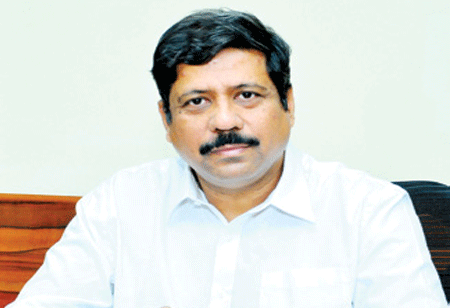
COVID-19 has revealed the fragility of the global medical and health, food, electricity, cars, telecommunications equipment, electronics, and numerous other products’ supply chains. Some businesses have started to set up more locations to reconfigure their procurement and production facilities and achieve more reliability and durability in their supply chains.
Manufacturing is one of the high-consumption industries in India. India's initiative "Made in India" positions India on the world map and pays global attention to the Indian economy. The government plans to create 100 million new jobs by 2022. The GDP manufacturing sector expanded by an average of 9.5 percent per year between the fiscal year 2006 and fiscal year 2012. Then growth decreased to 7.4 percent over the next six years. Manufacturing accounted for 17.4 per cent of India's GDP in the fiscal year 2020, compared to 15.3 per cent in 2000.In the past 13 years, India's manufacturing share of the jobs sector has increased by just one percentage point over the past 13 years compared with the five- point growth in the services industry.
Germany will either be establishing or developing production facilities in India attracted by the Indian market of more than a Milliarden of customers and growing buying power. India is now attractive to the world's giants such as GE, Siemens, HTC, Toshiba and Boeing. India was among the top 10 Foreign Direct Investment (FDI) rewarders in South Asia in 2019, receiving USD 49 billion, a 16 percent improvement on the prior year, according to United Nations Conference on Trade and Development (UNCTAD).
From April 2000 to March 2020, cumulative foreign direct investment (FDI) crossed US$ 89.40 billion in the Indian manufacturing sector. In May 2020, the Indian government increased defence FDI from 49 percent to 74 percent under the automatic path.
India has the chance to increase its profitable competitiveness and become a supplier of choice not only for its wide customer segment but also for international markets
During the FY20, the IIP output component was 129.8. The output of basic metals (10,8 per cent), intermediate (8,8 per cent), foodstuffs (2,7 per cent) and tobacco products reported strong development (2.9 percent). The Eight Core Industries Index of India was in FY20 at 131.9.
India's government has encouraged the development of the industry. It has developed Electronic Hardware Technology Parks (EHTPs), Special Economic Zones and has created a climate of FDI (FDI). The government has also stepped-up liberalisation and reduced tariffs to encourage sector growth. Furthermore, the central government has given the Updated Modified Special Incentive Packs Scheme (MSIPS) a boost to the electronics industry in the coming five years for up to INR 11.881 crores (USD 1.7 billion).According to the plan, the investment subsidy is given to the sum of 20 per cent of the SEZ investment and 25 per cent of the non-SEZ investment.
Capital supply is the largest barrier to India's GDP manufacturing. The India manufacturing sector will require investment totalling USD 1.0 to USD 1.5 trillion over the next seven years to double its gross national product, provided that India increases its Gross Value Added(GVA) stock of these value chains by 25 per cent. The investment ratio will increase from USD 1.1 trillion to USD 1.5 trillion over the next seven years.
Financial reforms can attract low-cost domestic capital from long-term savings pools, such as pension funds and insurance. However, these savings pools alone cannot provide as much capital as Indian manufacturing companies would need. Other outlets must also be tapped. Many of the larger domestic manufacturing companies produce sufficient profits and are therefore likely to draw investors. FDI could provide between 25 per cent and 30 per cent of the capital Indian fabricators need in the next seven years if India's recent FDI growth continues and manufacturing doubles its share of FDIs.
India has the chance to increase its profitable competitiveness and become a supplier of choice not only for its wide customer segment but also for international markets. The specialization approach that focuses on eliminating roadblocks in the chosen value chains holds great promise for bringing together manufacturers and, with government support, raising productivity, securing superior know-how, and generating higher returns on capital.
We use cookies to ensure you get the best experience on our website. Read more...